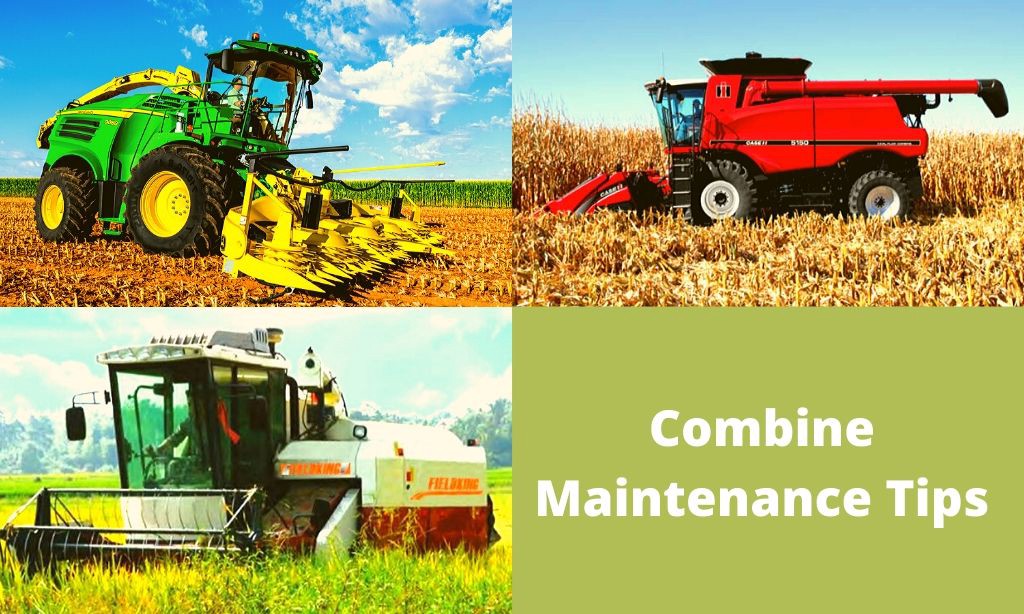Post-harvest maintenance keeps your tractor in intact condition for next season so you can use it without any hassle. Of course, as a farmer, you would not want to spend more time and resources in fixing your combine harvester next time when you want to use it in the field.
- It is important to clean your tractor from the exterior and interior before keeping it before putting it into storage. Starting with your tractor’s AC in order to clear all sorts of dirt, unwanted seeds, and debris to clean all inside and out of the tractor. This helps in keeping your tractor away from rodents that could damage the electric parts of your machine.
- Give a pressure wash to clean your combine from outside so all kinds of dirt and grime can be removed. Also, clean the radiator and condensers and other parts of the machine with water and compressed air if the need arises. After that, wax it to restore its shine and to give a layer of protection from Ultraviolet rays.
- Now, turn to clean the interior of your equipment. Replace or repair the seats if you find it worn. Also, check for upholstery panels in the cab and replace them if you find them damaged or worn. This panel helps in insulating in the cab and reduces the noise.
- Inspect the stripping of the door and the window is a snug fit or not. It prevents dust, debris, and vapors from entering the cab and helps in keeping the inside of the cab clean.
- To keep your tractor intact and ready for the next season, change its oil and filters before storage.
- Grease all the fittings and metal surfaces, particularly the exposed ones to keep them rust and corrosion-free. Also, check the cooling system of your cab and replace coolant if needed
- Inspect the functioning of lights. LED Lights on your combined machine offer clear visibility so it is important to have them in working conditions. And of course, these are better than conventional bulbs and last for a long time.
- Make sure to tighten all the belts from time to time and check for any sort of wear or crack in the belts. Replace the belts with high-quality Qpp belts if needed.
- Also, check chains in the feeder house and elevator chains for their tightness and abrasion. It is highly recommended to replace the chains of equipment in 2 years. Also, inspect the flooring of the feeder house for any damage. If you find damage, you may need to replace or rebuild it.
- Inspect the significant parts of your combine such as concave, conveyor auger bearings, unloading augers, and cylinder bars for any wear and make sure they are functioning well.
- Inspect straw walkers and straw walker bearings, rotors, etc for cracks and general wear. Also, check for the alignment and bearings
- Also make sure to inspect the entire condition of the straw chopper including hammers, knives, shell, and rotor. Is it properly balanced or does it shake excessively? Get it repaired if you find any issues with its balance.

